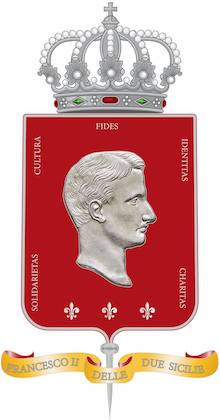In 1831, Charles Felix, last male member of the House of Savoy, kings of Sardinia, died. He was succeeded by his much-distrusted distant cousin, Charles Albert. Liberally inclined (as witnessed by his abandoning of the Maundy Thursday foot-washing ceremony), the new king schemed to depose all his brother monarchs on the Italian peninsula— including the pope — and establish a unified and centralised liberal monarchy. Because of his role in the 1848 rebellions, he was deposed and replaced by his son, Victor Emmanuel II. Assisted by his wily prime minister, Count Cavour, over the next eleven years, through a combination of warfare and diplomacy, Victor Emmanuel would succeed in driving the Austrian emperor from his Kingdom of Lombardy-Venetia, other branches of the Habsburgs from Tuscany and Modena, the Bourbons from Parma and the Two Sicilies, and Bl. Pope Pius IX from the Papal States (he withdrew into what is now the Vatican). When the smoke had cleared in 1870, Italy was united, centralised, and anticlerical. But the adherents of the deposed rulers were called Legitimists; for another decade, the supporters of the exiled Neapolitan Bourbons carried on guerilla warfare. Starting in 1860, thousands of young men came to fight for the pope in the Pontifical Zouaves, which became a sort of Legitimist Foreign Legion? After the final defeat in Rome, the Zouaves returned to their various homelands, spurring devotion to the Sacred Heart and Catholic Action wherever they had come from. One other result of the Risorgimento was the emigration of millions of Italians to the United States, Canada, Argentina, Australia, and elsewhere, in order to avoid both the heavy taxation and the conscription the new regime favoured.
* Reprinted from The Compleat Monarchist by Charles A. Coulombe, Os Justi Press, 2025, p. 211











